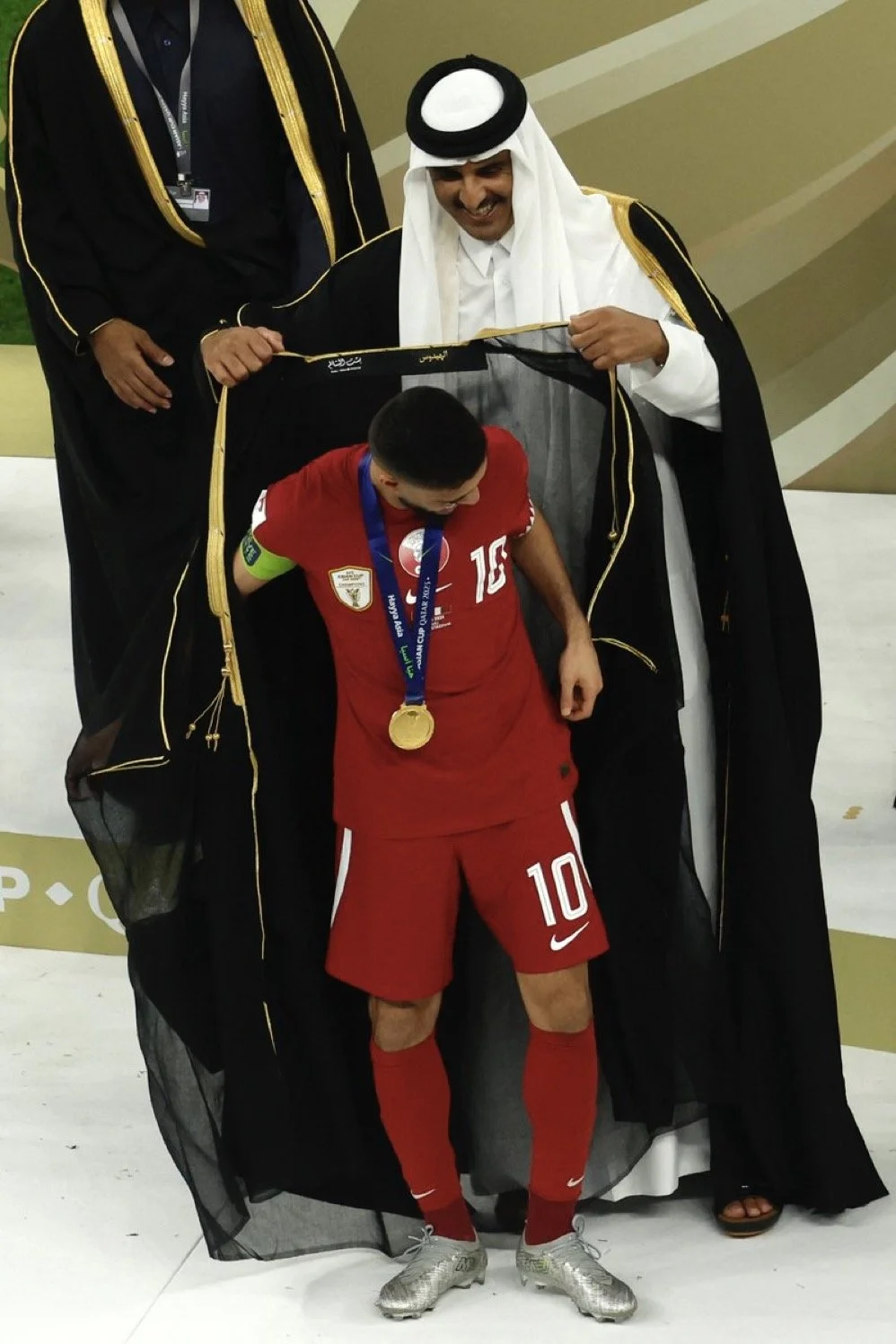It doesn’t get any better when our regions combine to create great stories.
Today, we will explore the top 5 players who went through a naturalization process in a Eastern European country, and successfully represented the local national team.
This article will only include players who switched allegiances due to footballing reasons, without having any ancestral roots that tied them to their hosting nation.
Emmanuel Olisadebe
In the 1990’s, Polish football was a mere shadow of its previous glory days. The national team constantly failed qualifying to the big tournaments, and lacked star quality that could turn the situation around. Who would have imagined a young Nigerian striker could change it all?
In 1997, 19 year old Emmanuel Olisadebe signed for Polonia Warsaw. The turn of the Millennium brought a different spark to his story: In 2000 he led the team to their first title in 50 years, and also obtained a Polish citizenship. Later that year, he debuted for the Biało-czerwoni - becoming the first black player to play for the nation.
Enough history for one player? Think again. Olisadebe almost single-handily led Poland to the 2002 World Cup, their first since 1986, after a magical qualifying campaign: 8 goals in 9 games, securing top spot with two games in hand.
The Poles were eliminated in the group stage in 2002, with Olisadebe scoring just once, but the fortunes of the nation have changed ever since - as they are now almost regular participants in major tournaments.
Marcos Pizzelli
Although unsuccessful in his attempt to lead Armenia to a big tournament, the Brazilian born striker was a huge part of the nation’s impressive transition from minnows to a very dangerous side in just a few years.
Born in the city of Piracicaba, São Paulo, Pizzelli never played for a senior Brazilian club. At the age of 21, his talents were spotted by Ararat Yerevan scouts - and he moved to Armenia. After two successive seasons where he lead the league in scoring, a naturalization process was inevitable. A 2008 call up to the national team soon followed - with a goal in his debut to cap it off.
Amassing 11 goals in 65 appearances for Armenia, the team peaked in the first half of the previous decade - producing some impressive performances and coming close to qualifying to Euro 2012 and the 2014 World Cup.
Cristiano Ronaldo and Portugal definitely did not forget his scorcher against them in 2015.
Artem Milevskiy
Unbeknownst to many football fans, this incredibly talented striker who wore the Ukranian national team shirt 50 times in his career, was actually born and raised in neighboring Belarus.
As a 16 year older, Milevskiy moved from Minsk to Kiev, and was quickly recruited by the country’s most famous club - Dynamo Kiev. For the majority of his career, the tall striker represented the White and Blue. And if you play for Dynamo 280 times, there is no doubt the Ukranian national team will seek your services as well.
Although initially hesitating to switch his allegiances from Belarus to Ukraine, and after a major bust-up between the two federations, Milevskiy received Ukranian citizenship. His highlight was participating in the 2006 World Cup, as the squad reached the quarter-finals. In the round of 16, during a penalty shootout against Switzerland, Milevskiy infamously scored a gutsy “panenka” that helped the side ultimately win.
Mario Fernandes
Another Brazilian success story in Eastern Europe - and in contrast to the rest of the list, one which is only beginning and might bear more fruits in upcoming years.
Prior to their home World Cup in 2018, Russian football seemed in a big crisis - especially in terms of producing young up and coming talents. Huge amounts of money were spent in the local league, but the level remained mediocre, and Russian players had an incentive to stay home rather than challenge themselves abroad.
Out of fear of a big failure, the national team has adopted the strategy of naturalizing foreign players. A success story of this process is right-back Mario Fernandes. Also coming from the state of São Paulo - he moved to CSKA Moscow in 2012. Fernandes was playing so well, that he even represented Brazil in a 2014 friendly game.
In the home World Cup, Russia became one of the surprise packages - eventually eliminated in the quarters by Croatia in a penalty shootout. For Fernandes, that game proved to be a roller-coaster of emotions: He scored a dramatic 115th header, but later missed his spot-kick.
Can he redeem himself in Euro 2020?
Eduardo Da Silva
What better way to cap-off this list than with another Brazilian and probably the most talented player of the list? If not for a horrific injury he suffered while playing for Arsenal, it is quite possible the Rio born striker’s career would have gone to unimaginable heights.
However, even as it is, Dudu da Silva is one of the best naturalization stories in the football world. Recognized as an upcoming talent at 16 years of age, Eduardo was brought to Dinamo Zagreb by Zdravko Mamić, and settled in Croatia. Within a few years, he totally dominated the local league and then transferred to England.
He made his debut for the senior national team in 2004, and began to flourish under new coach Slaven Bilić. The dynamic and young squad, along with Bilić’s attacking football, proved to fit perfectly with the quick striker. Between 2006 and 2008, Croatia and Eduardo were at their best - topping a tough Euro qualifiers group and beating England twice.
Even after missing a year of football, and with a slightly adjusted and cautious style of play, Da Silva remained a key player for Croatia - representing the nation until 2014, scoring 29 goals in 64 games.











